MORE GREATPAVILION TITLES
tap to read more
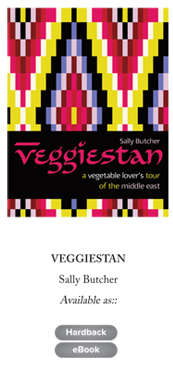
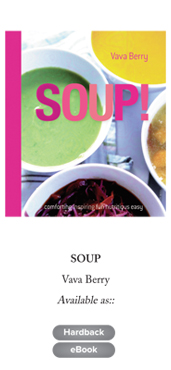

 www.anovabooks.com
www.anovabooks.com

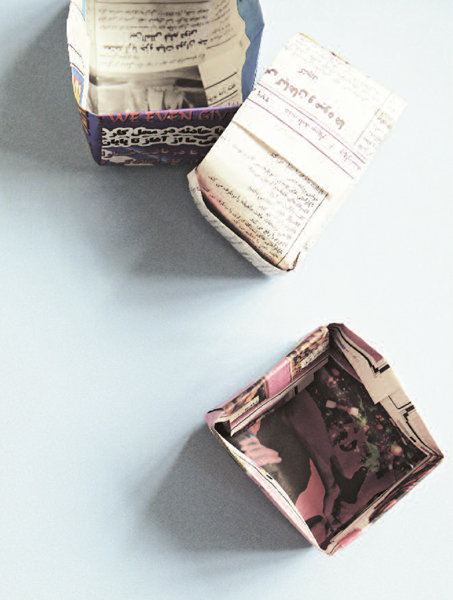
For Afi, for unlocking the doors of the Persian kitchen for me. And for Baba, for keeping our little Persian empire together. As in-laws go, they aint bad.
contents
Introduction
Snackistan: a slightly East-of-centre, fictitious land where tummies are always full, and theres a slightly naughty smile on every face. Snackistan does not, of course, exist, any more than Veggiestan does. It is, rather, a borderless confederation of the Middle Easts favourite foodstuffs. The simple fare that people eat on a daily basis: dishes they prepare at home, or cook to share with friends, or look forward to indulging in at the end of the week; the food of choice across the region.
We all like to snack. This is, I suspect, because the concept goes against everything that parents, followed by newspapers and dieticians, have hitherto told us: dont eat between meals, eating in the street is vulgar/bad for the digestion, youll spoil your appetite I personally still feel a little frisson of rebelliousness every time I tuck into an unscheduled portion of chips/spontaneous ice cream.
And yet snacking comes so naturally to us. By which I dont mean that were all Homer-Simpson-esque rampant gluttons. Rather that, with our busy lifestyles, we are all becoming grazers, and most medical professionals now endorse this by concluding that eating little and often is better for our poor overloaded digestive systems. The Iranians have a proverb for this: Eat little and sleep sound. They also have another apt saying: Eat little, always eat. Snacking may actually be better for your wallet too.
Increasingly, formal dining is being nudged aside in favour of meze-style spreads: samples of a wide range of (often simple) foods, shared in leisurely fashion.
At the same time, street food has come of age (although doner kebabs are still a dire alternative to food). In malls and farmers markets across the land, food on the hoof has become a stylish and popular way to eat: sandwiches are getting a big makeover, pies are back in vogue, and even the Chinese takeaway is now as likely to have been cooked in front of you in a mobile wok as assembled secretly behind a door that always remains suspiciously closed.
Origins of street food and meze
It hardly needs pointing out that both meze and in all likelihood street food vending originated in the area I have now labelled Snackistan. (It does need pointing out, however, before you question my geography, that I have deliberately wobbled over the edges of the area conventionally known as the Middle East, straying into neighbouring Greece and Sudan, for example.) Street food is far from a recent innovation: as far back as the Classical age, Greek and Roman writers alluded to open-air food vendors in the Mediterranean, and it is apparent that during times when not everyone had an oven or even a kitchen at home, ). In Turkey in the Middle Ages, takeaway kebabs were becoming popular, and Istanbul was already working towards its current position as one of the street-food capitals of the world. Pie stalls and dough-based treats evolved to sate the carb requirements of the poorer classes, many of whom, again, were without a bread oven at home.
Of course, it helps that most of Snackistan enjoys considerably warmer weather than northwestern Europe: this coaxes people out of doors and fosters street culture and politics, both of which need feeding. In fact, street food offers a fascinating snapshot of the social development of a nation. This is the case even in the diaspora: a survey of foreign takeaway restaurants and popular back home foods in London tells you much about the lands of origin therein. In Peckham alone, there are any number of street hawkers: our favourites are the quiet, anxious-looking man who wanders round with steaming boxes of spicy hot Afghan qorma in winter and the flambuoyant West Indian drink vendor who appears on a bicycle in summer with a huge slab of ice and worryingly brightly coloured cordials.
Street food may have been the poor mans food of antiquity, but meze had altogether grander origins. The word meze (mezze/mezedes) is derived from mazeh, which is the Farsi word for taste, and the concept as a type of repast almost certainly evolved in the courts and eateries of Iran. The original idea was snippets or tasters of food to be eaten alongside and to mop up arak, wine or beer. It was clearly taken quite seriously, as Rumi refers to it repeatedly in his works, thus: Cook meze from tears on thy hearts fire; field and flower have been debauched by the clouds and the sun.
There is a rather wonderful but spurious tale that the whole taster thing pertained to the custom among kings (who were undeniably more scandal-ridden and less secure than todays royalty) of having their food tasted lest it was poisoned. The sultans of the Ottoman Empire reputedly adopted the idea and the business of setting out a meal as a series of little platters took off from there. The conversion of much of the region to Islam did not put an end to the unhurried consumption of meze over a few drinks, but in the more devoutly Muslim (and thus non-drinking) nations it is now more often consumed as a selection of starters before a meal. Further west, however, in the Levant and Greece and Turkey, meze thrives as a major feature of the cuisine and a vast range of dishes have been created expressly with that style of eating in mind (many of them by the aforementioned Ottomans).
A celebration of comfort food
We may have become aware of the idea of comfort food and comfort eating only in the last couple of decades, but we have of course been cooking it for millennia: for the most part, it comprises the default dishes prepared by those who need a reminder of home, a culinary hug. The ritual act of preparing such familiar food is undoubtedly as soothing to the cook as it is to those who get to enjoy it. I am in a unique position to observe the phenomena, as my little emporium is located in such a wonderfully cosmopolitan corner of London that there are representatives from every corner of Snackistan and beyond trying to cook up a little bit of back home. The dishes my customers prepare are the stuff of childhood teatimes and family breakfasts, nutritious and usually cheap (a lot of it based on popular Ramadan recipes as there is no stronger focus on food than during the month of fasting).
Snackistan is all about celebrating these less formal styles of eating. It is not about fast food, or fifteen-minute meals, or three-ingredient suppers, and in fact some of the dishes contained within these pages take quite a long time to prepare. My mother-in-law frequently spends a whole day preparing comfort food snacks to sate her clamorous and largely ungrateful brood for the week ahead: fridge food, packed lunch food, busy shopkeeper food As ever, our friend the wise Mullah Nasruddin illustrates this quite well:
Next page

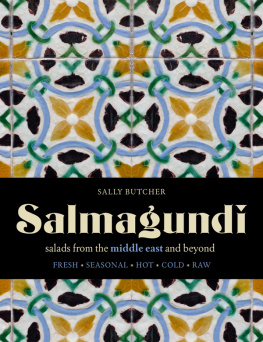

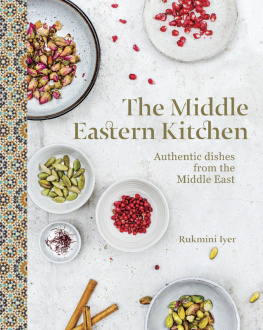
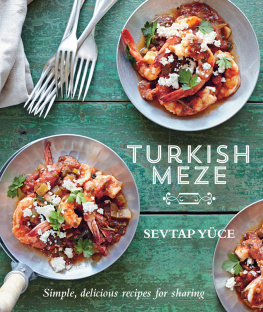
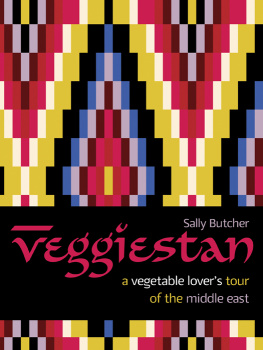
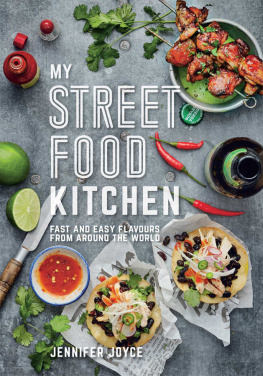
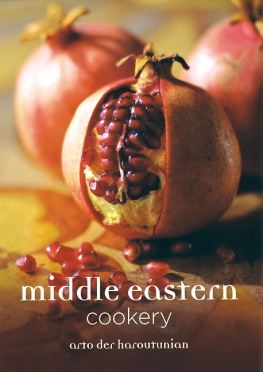
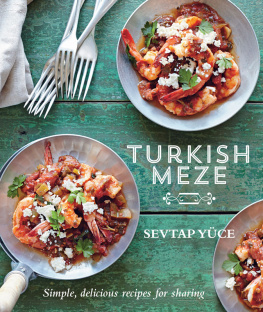



 www.anovabooks.com
www.anovabooks.com
